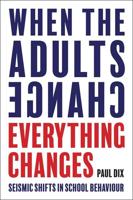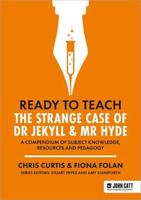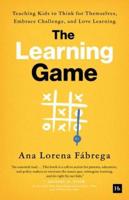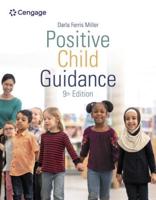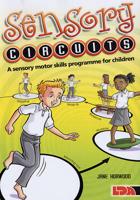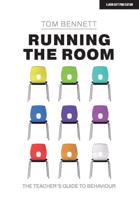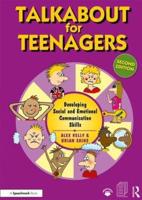Publisher's Synopsis
Thinking skills can easily be taught to small kids or students with special needs if we use common topics or items. This book will use a Stop sign to teach decomposition which simply means "to break apart."
Decomposition is part of the 5th C of the 21st Century Skills. The first 4 Cs are: creativity, communication, collaboration and critical thinking. The 5th one is called Computational Thinking, which is not about computer programming.
Computational thinking may sound like an educational buzz word but it is simply solving problems systematically. It has 4 parts: decomposition, pattern recognition, abstraction and algorithmic design. This workbook teaches the process of decomposition to small kids and students with learning gaps, English language learners or students with individualized educational plans or IEP's.
This Decomposition Workbook is a guided teaching book that requires minimal guided instruction. It simplified the process of decomposing a Stop sign by starting with identifying its shape. Then it makes the student be aware of the two octagons on the single sign, before it points out that an octagon can still be "taken apart" and you will get 8 lines. Afterwards, the student will decompose the text on the sign.
This thinking skills workbook on Decomposition has 4 parts:
- Part 1 - SHAPE - breaking apart the shape of the sign
- Part 2 - WORD and COLOR
- Part 3 - LETTERS
- Part 4 - Putting it Together Again
This is a 30-page workbook with 60 pages.The even number pages contain simple guides to help the student know what to do with minimal supervision. Most of the activity pages are on the odd number pages. There is a possibility for ink or crayon to show on the next page so it is better if all the written work is on the odd pages.
Decomposition is useful in problem solving. It helps students solve complex problems by taking it apart and focusing on smaller parts of the problem. It makes big issues smaller and more manageable. This is one thinking process that students will need to solve everyday life problems and academic assignments.

